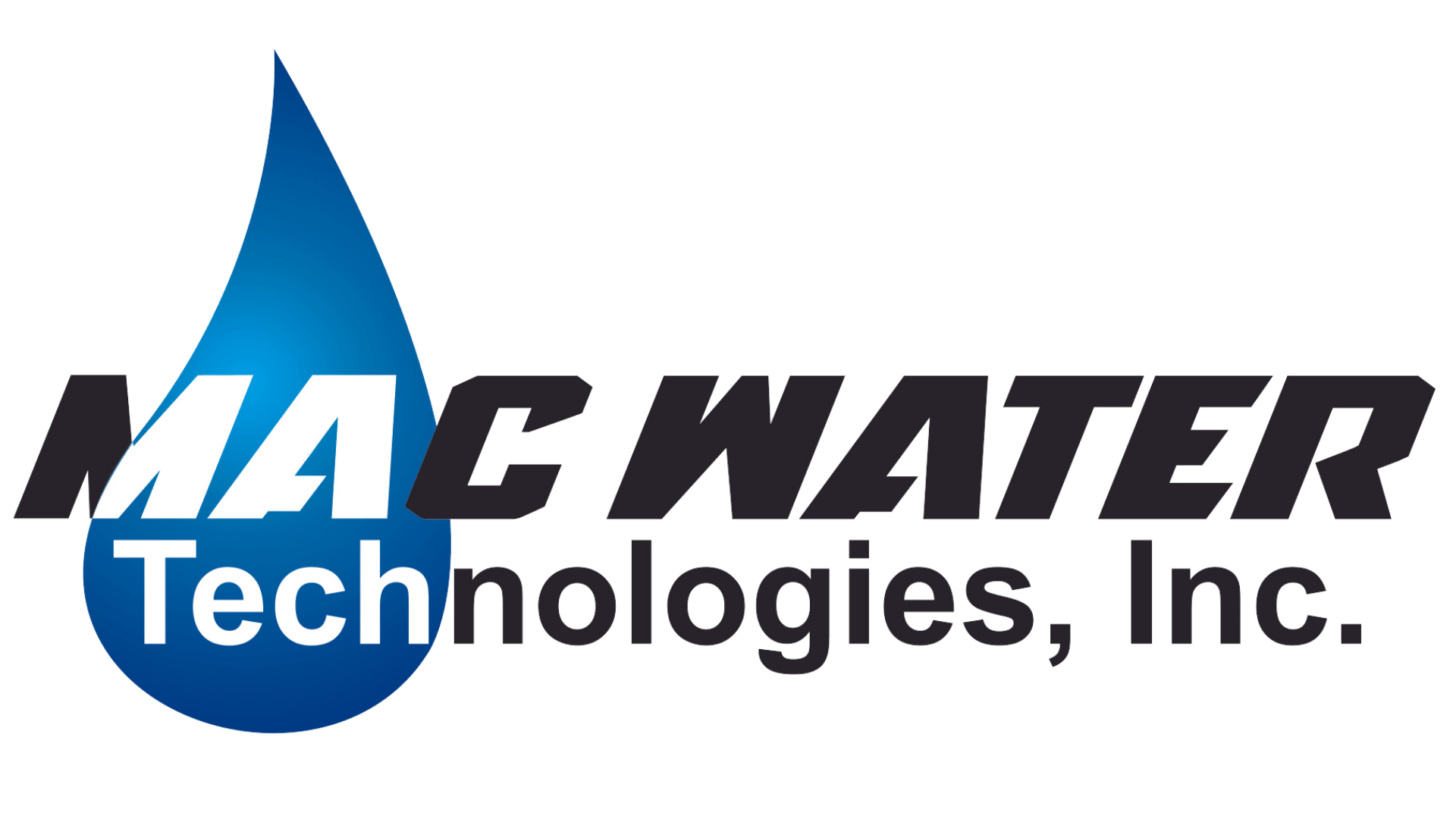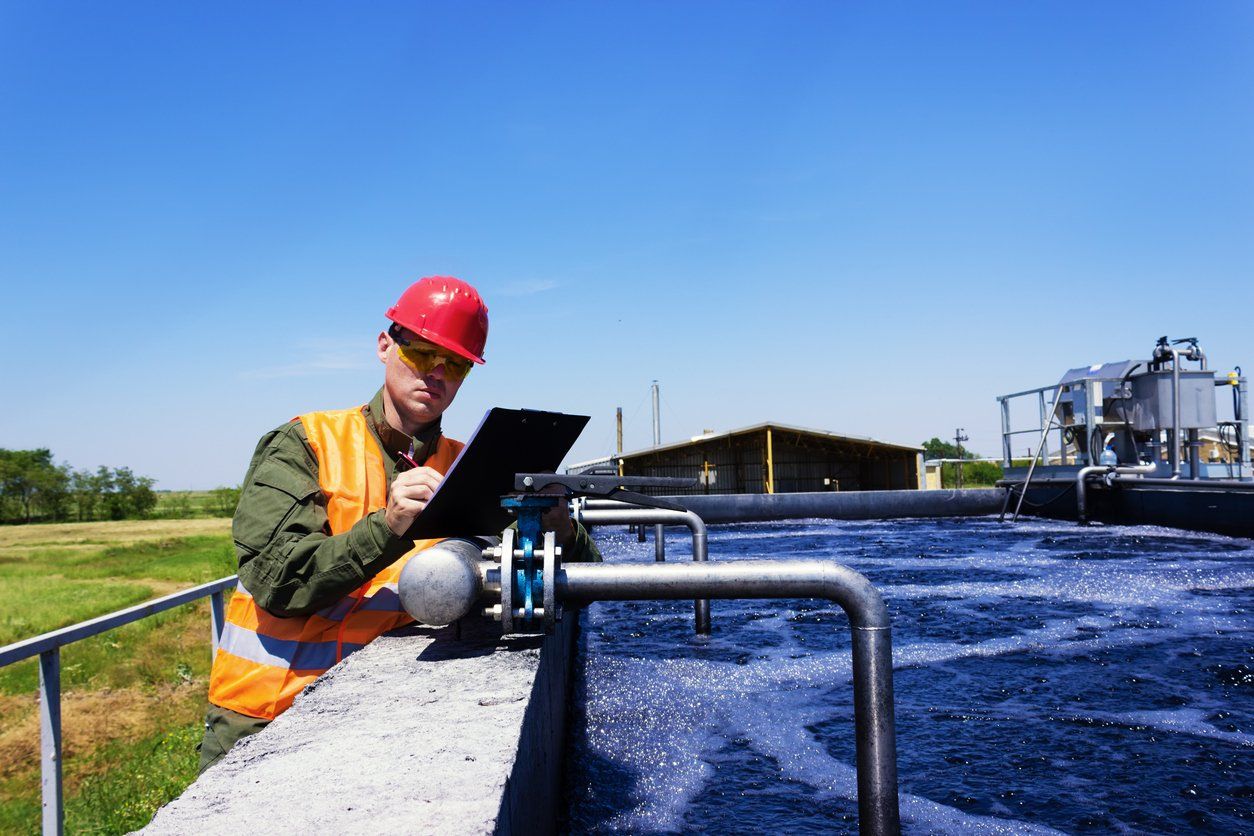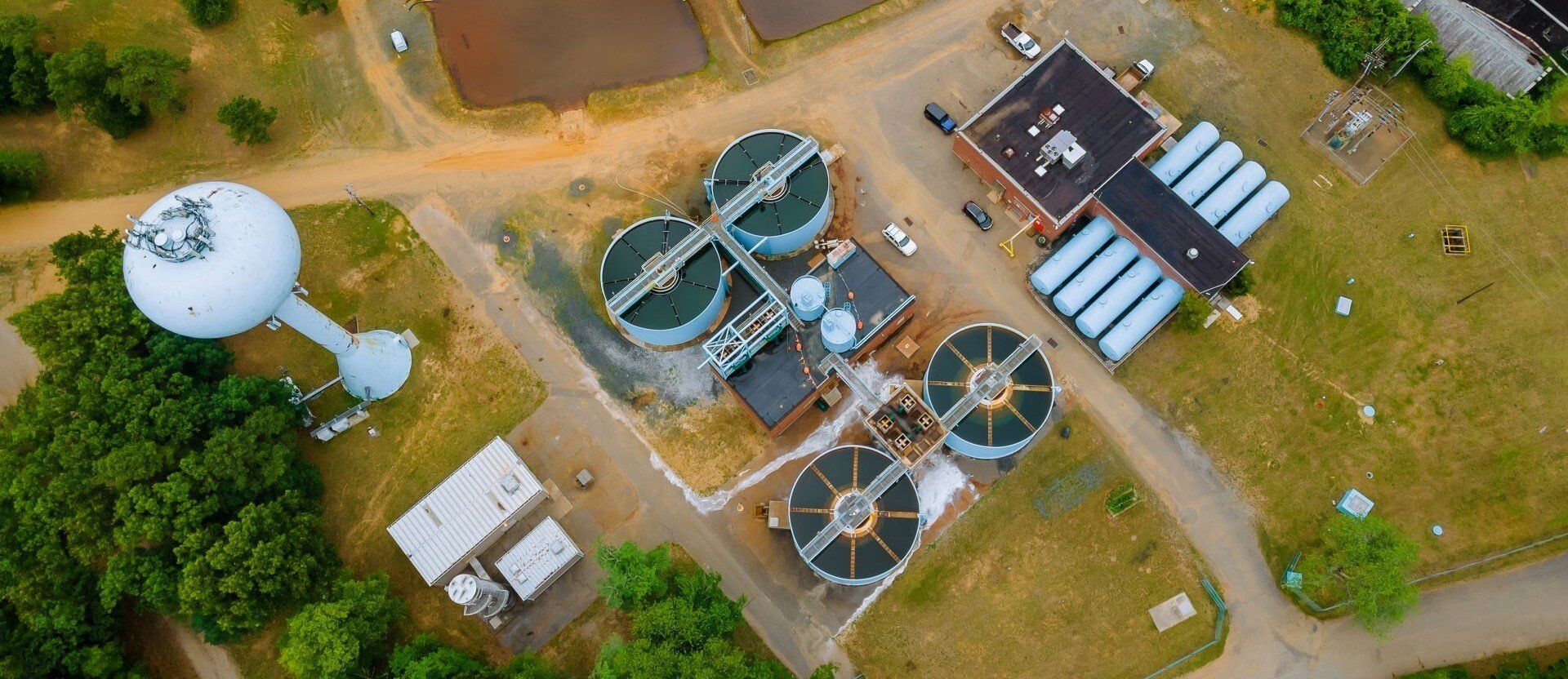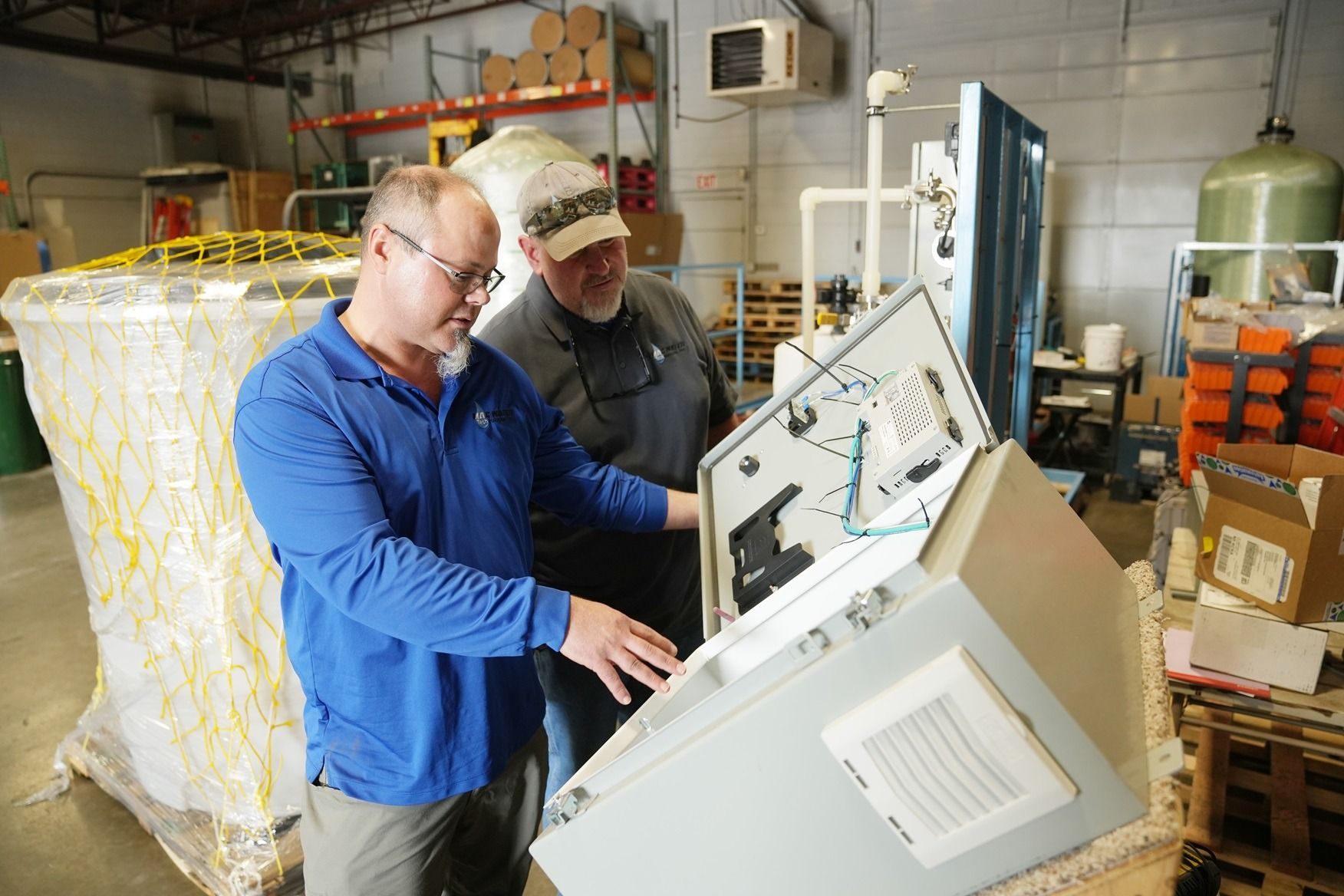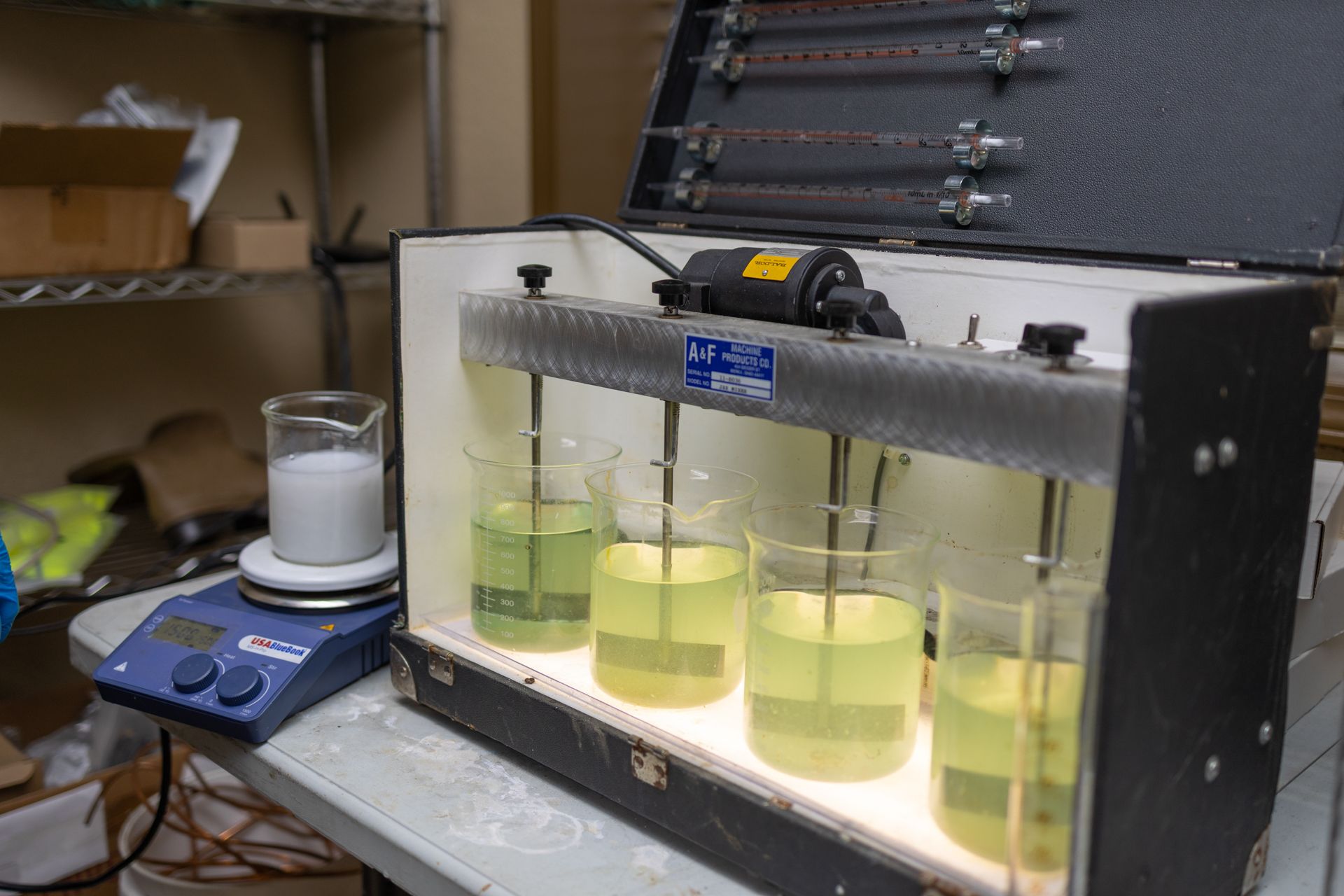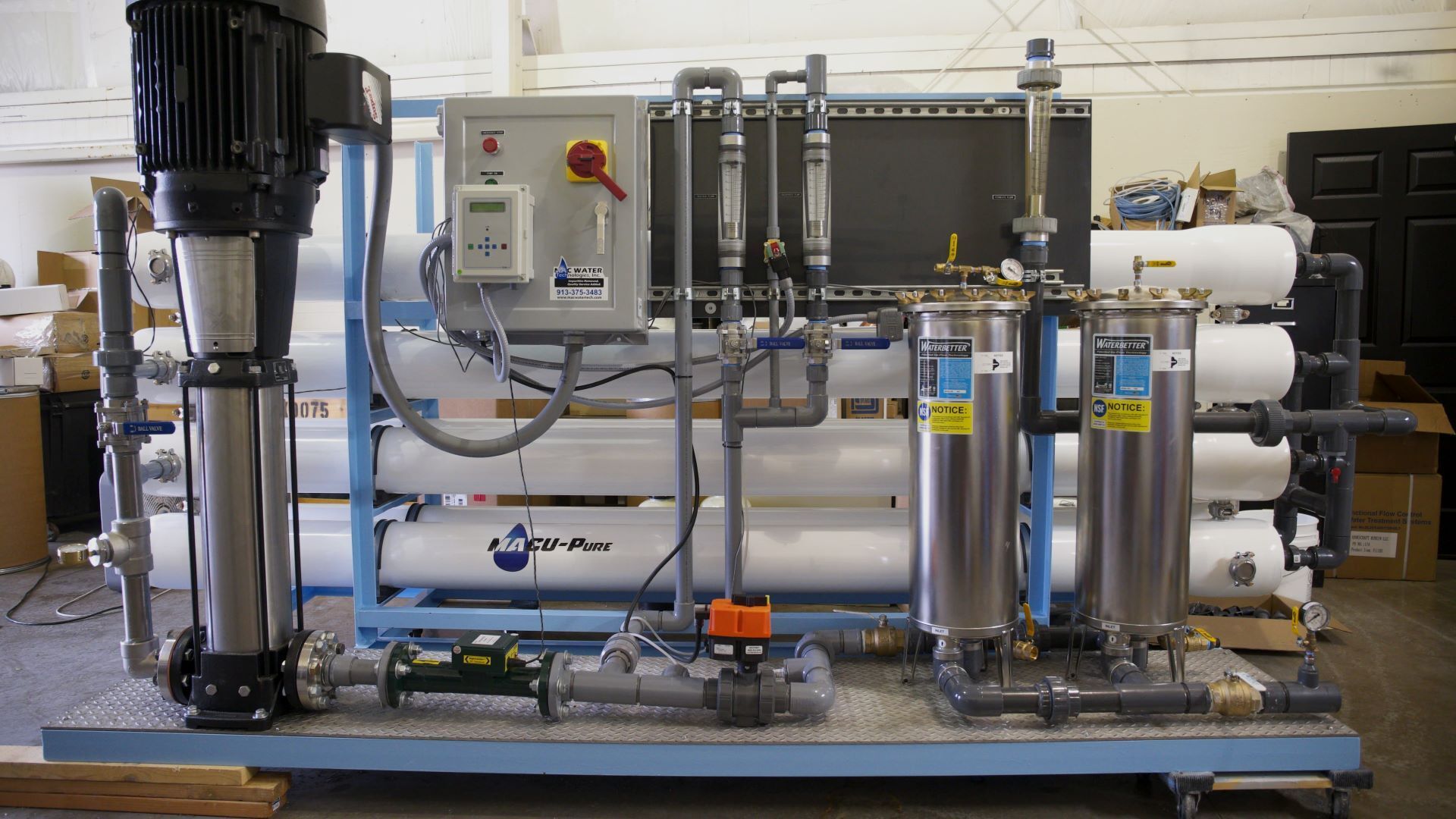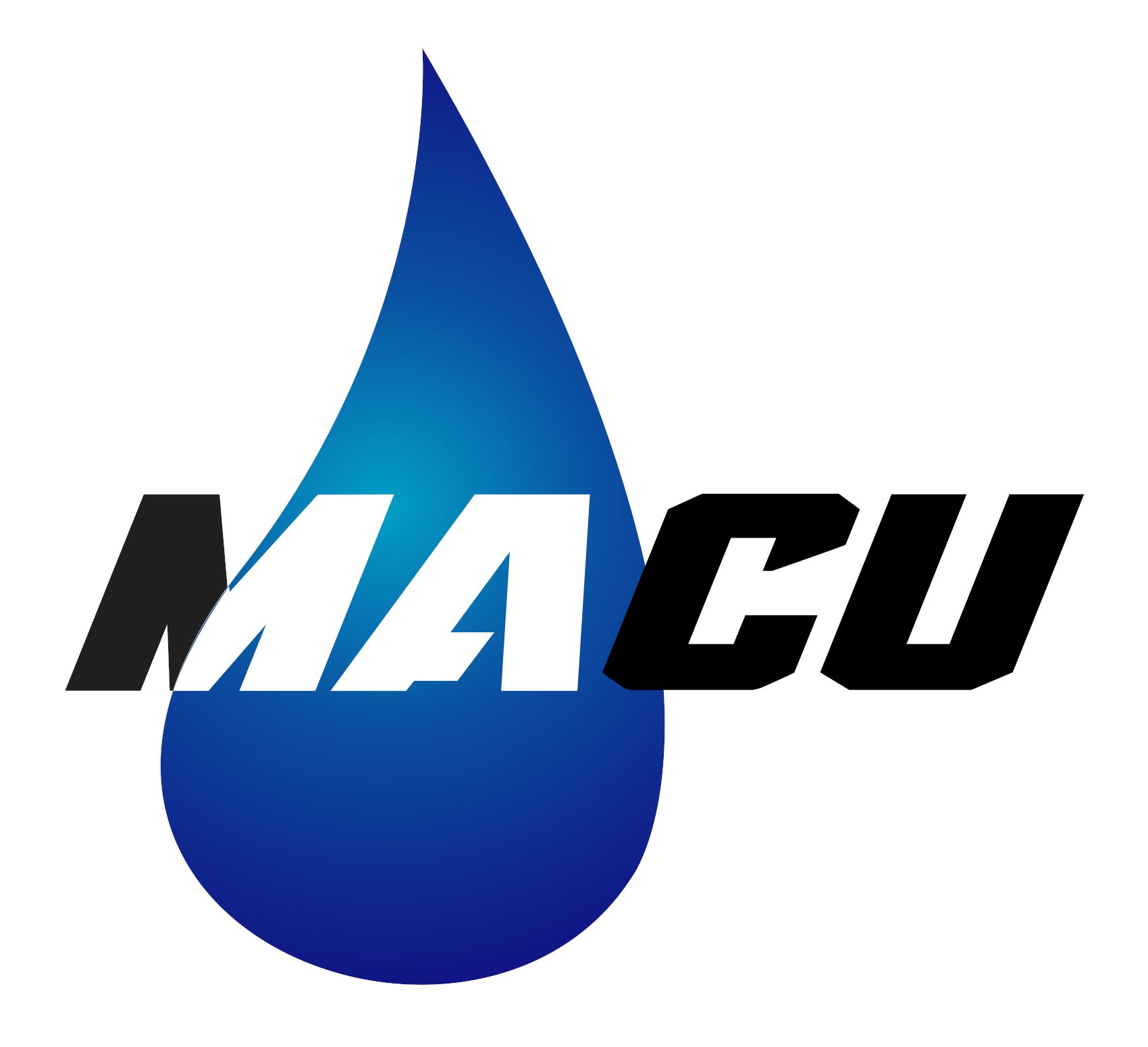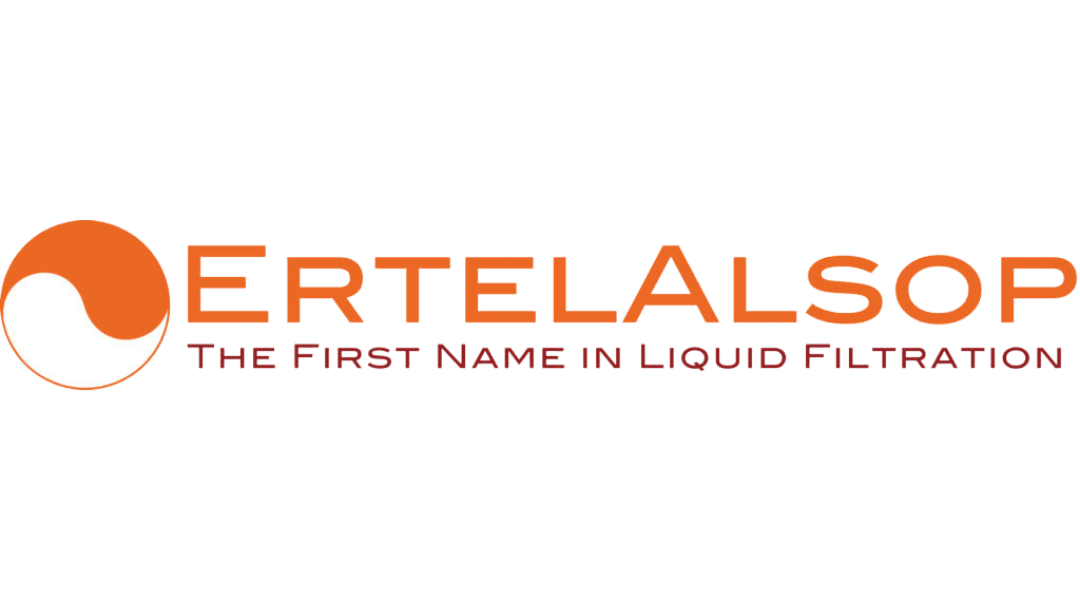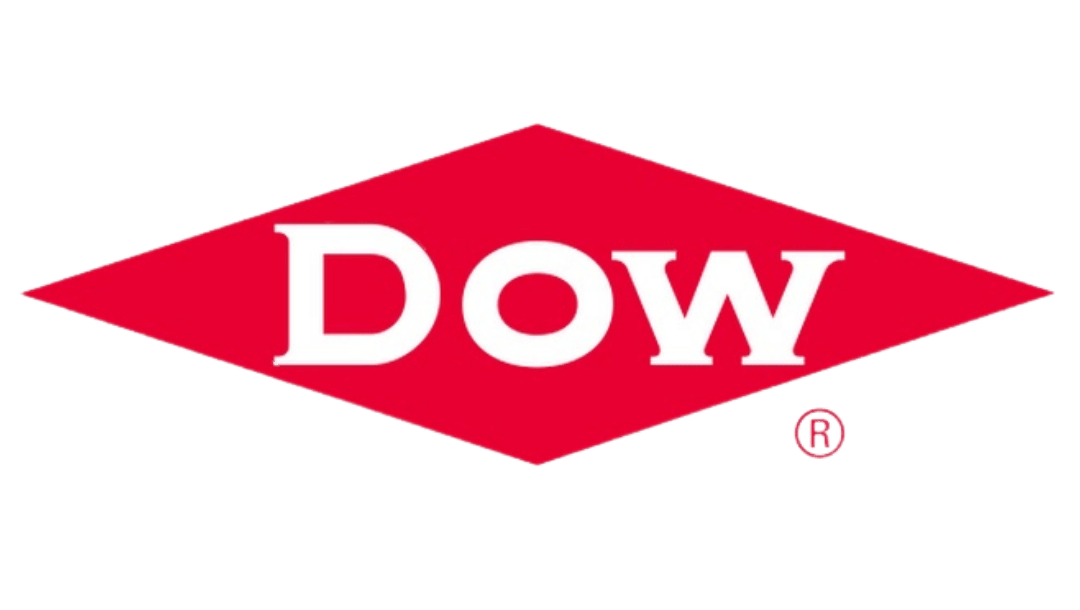Understanding Aerobic vs. Anaerobic Digestion Wastewater Treatment
As we strive to minimize the impact of human activities on our ecosystems, effective wastewater treatment methods have gained considerable attention. Among these methods, aerobic and anaerobic digestion stand out as two prominent approaches.
In the realm of wastewater treatment, aerobic and anaerobic digestion techniques play distinctive roles in breaking down organic matter and reducing contaminants. While both processes share the common goal of treating wastewater, they differ significantly in their mechanisms, outcomes, and applications.
Read on to learn more about the differences between aerobic and anaerobic digestion as we elaborate on the principles and differences of each method.
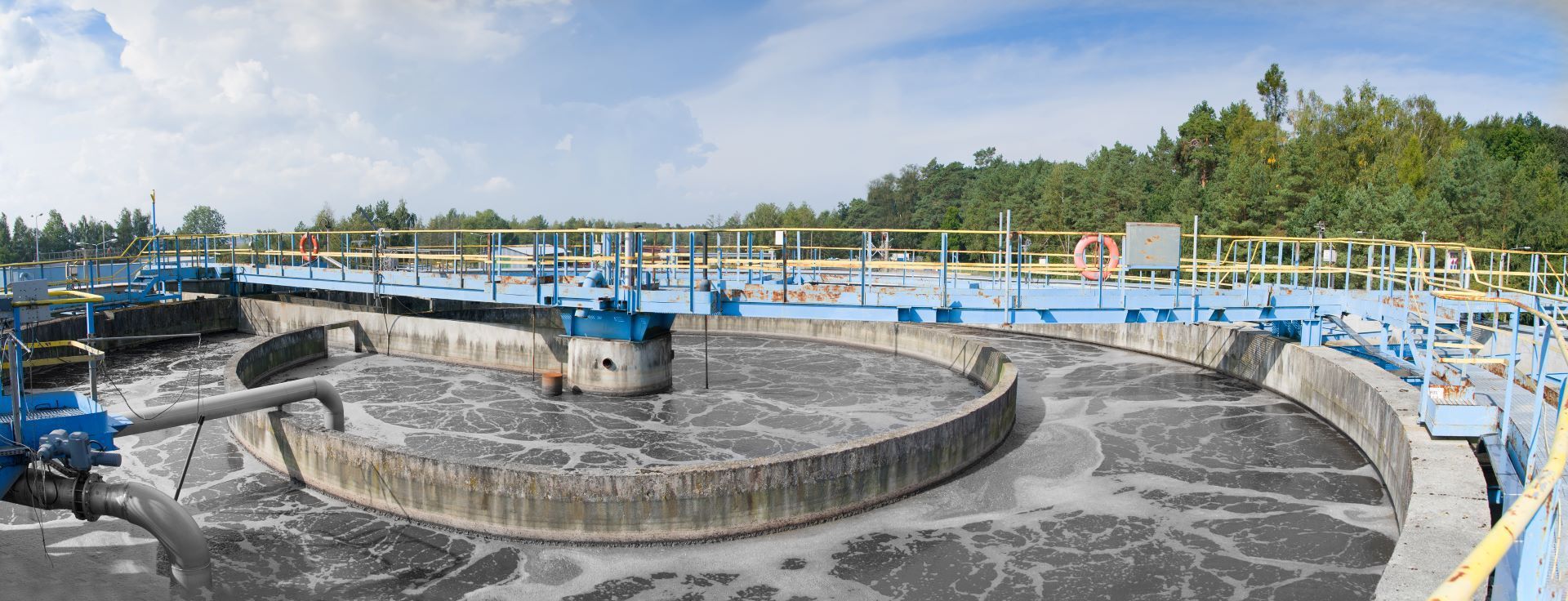
So, What's The Difference?
Aerobic wants air in the process whereas anaerobic wants NO air in the process.
Different bacteria and enzymes eat waste differently. Depending on what waste you’re treating will depend on which type of bacteria and/or enzyme is needed. This article assumes the decision has been made between wanting aerobic or anaerobic treatment.
AEROBIC
Traditional aerobic treatment is air blowers pushing air through fine bubble diffusers that are on the bottom of tanks so the air is then dissolved into the water.
The amount of air needed is calculated by the BOD and COD in the wastewater, the water depth, temperature, air bubble size, atmospheric pressure, contact time, and many K-value assumptions. This is where experience and engineering knowledge can be a great asset.
Design Note: Air blowers are inefficient, expensive, and require maintenance. Fine bubble diffusers get clogged and have a limited-service life so they need replacement. The most efficient design, if applicable, is using water pumps to recirculate the water with air venturis. As a kid, if you blow air across a drinking straw, the cola in the cup goes up the straw. We use Mother Nature, instead of horsepower, to aerobically treat wastewater.
ANAEROBIC
Typically called anaerobic digestion. Tall, enclosed tanks are used to keep air out of the water. Anaerobic bacteria and enzymes essentially eat the waste and off-gases Bio-Gas. Environmental regulations often require burning this Bio-Gas as it is bad for the environment. Sounds easy doesn’t it!
Design Note: Strategies to capture the Bio-Gas to be re-used as fuel to create power have become very cost-effective. If your facility is burning off Bio-Gas PLEASE allow MAC Water Technologies to show you how you can make money off this waste product.
NEED MORE HELP?
Contact MAC Water Technologies for design/build, service, upgrades, and integration needs. You can get in touch with one of our engineers at info@macwatertech.com or 913-375-3483.
